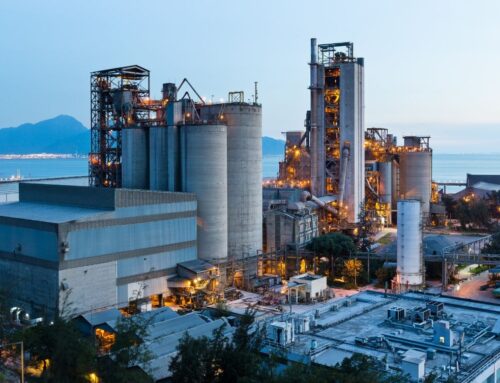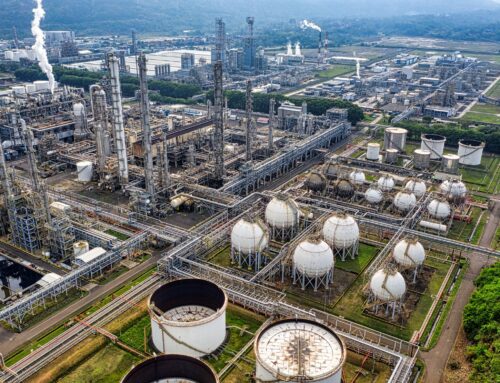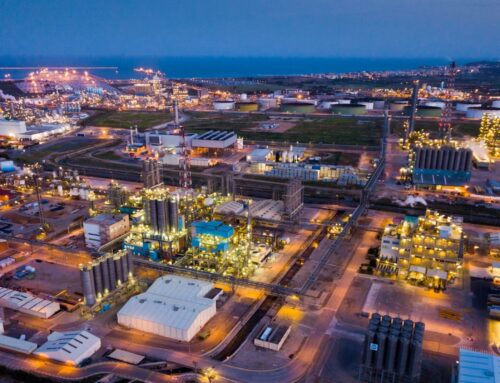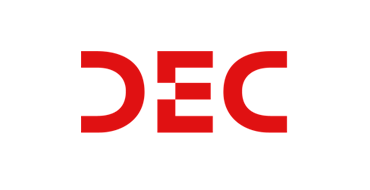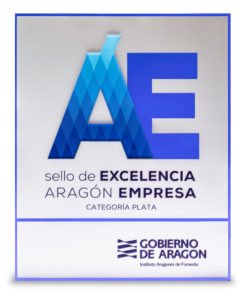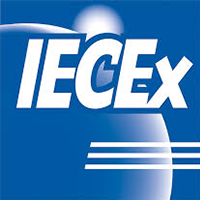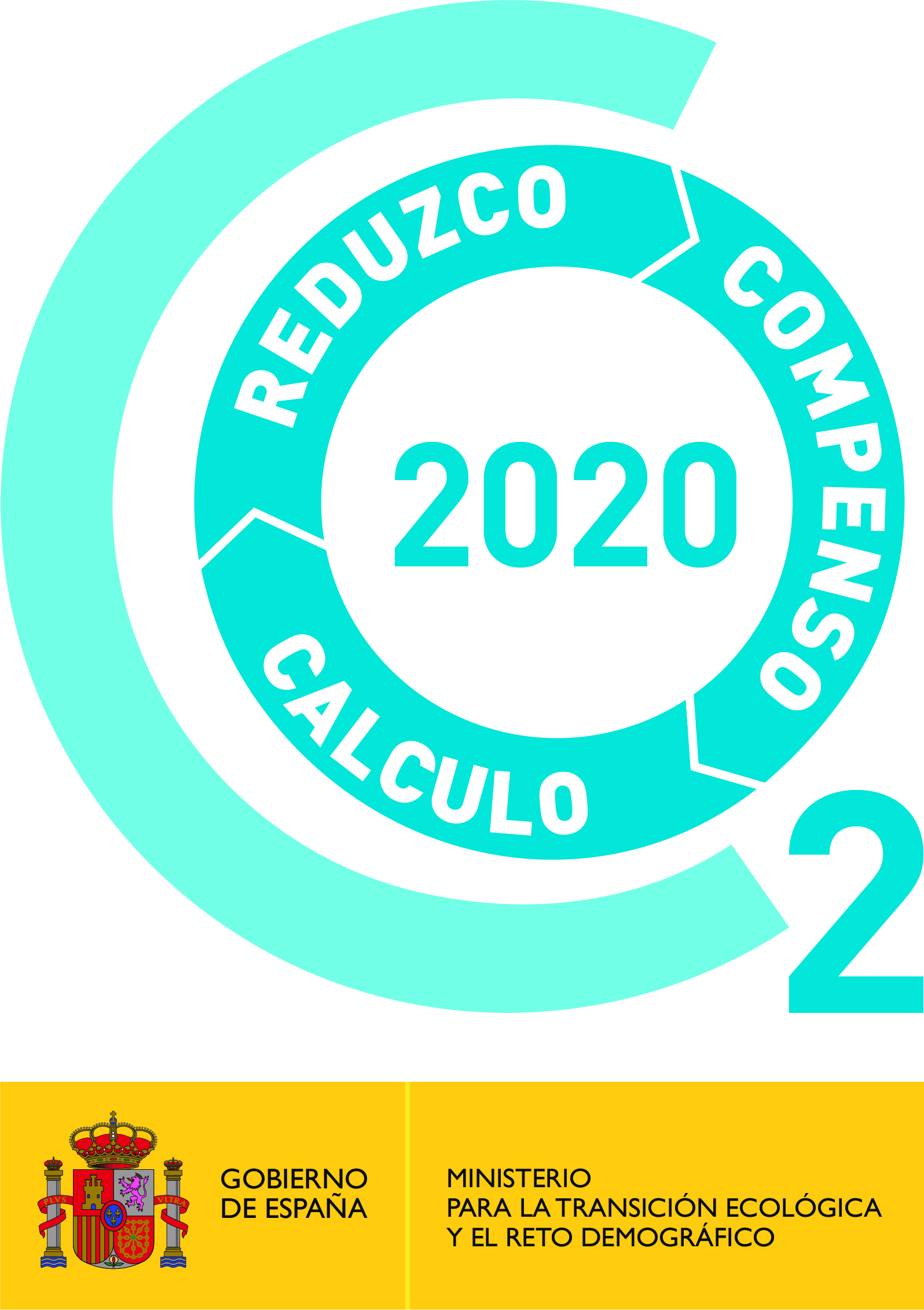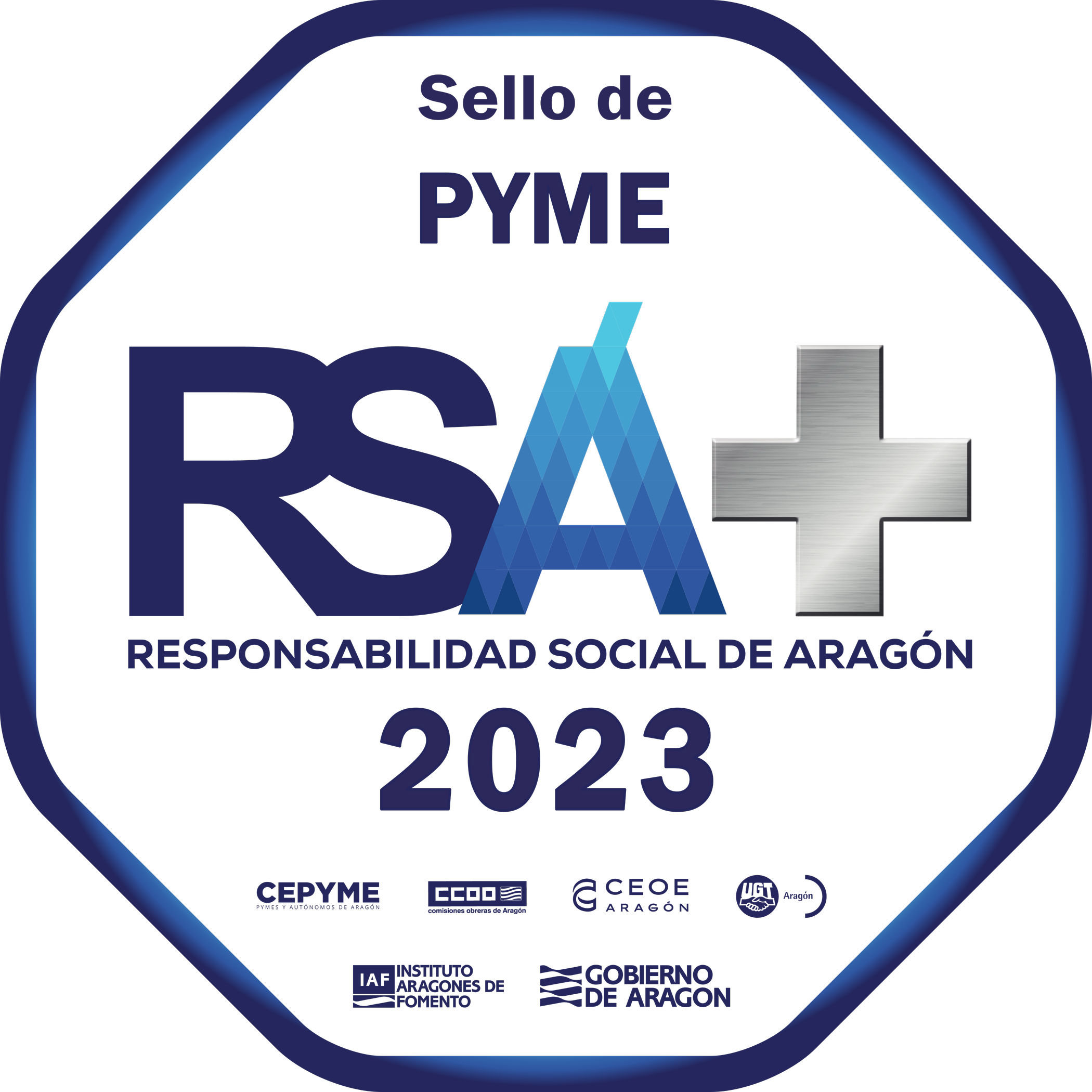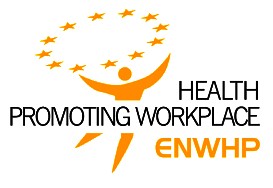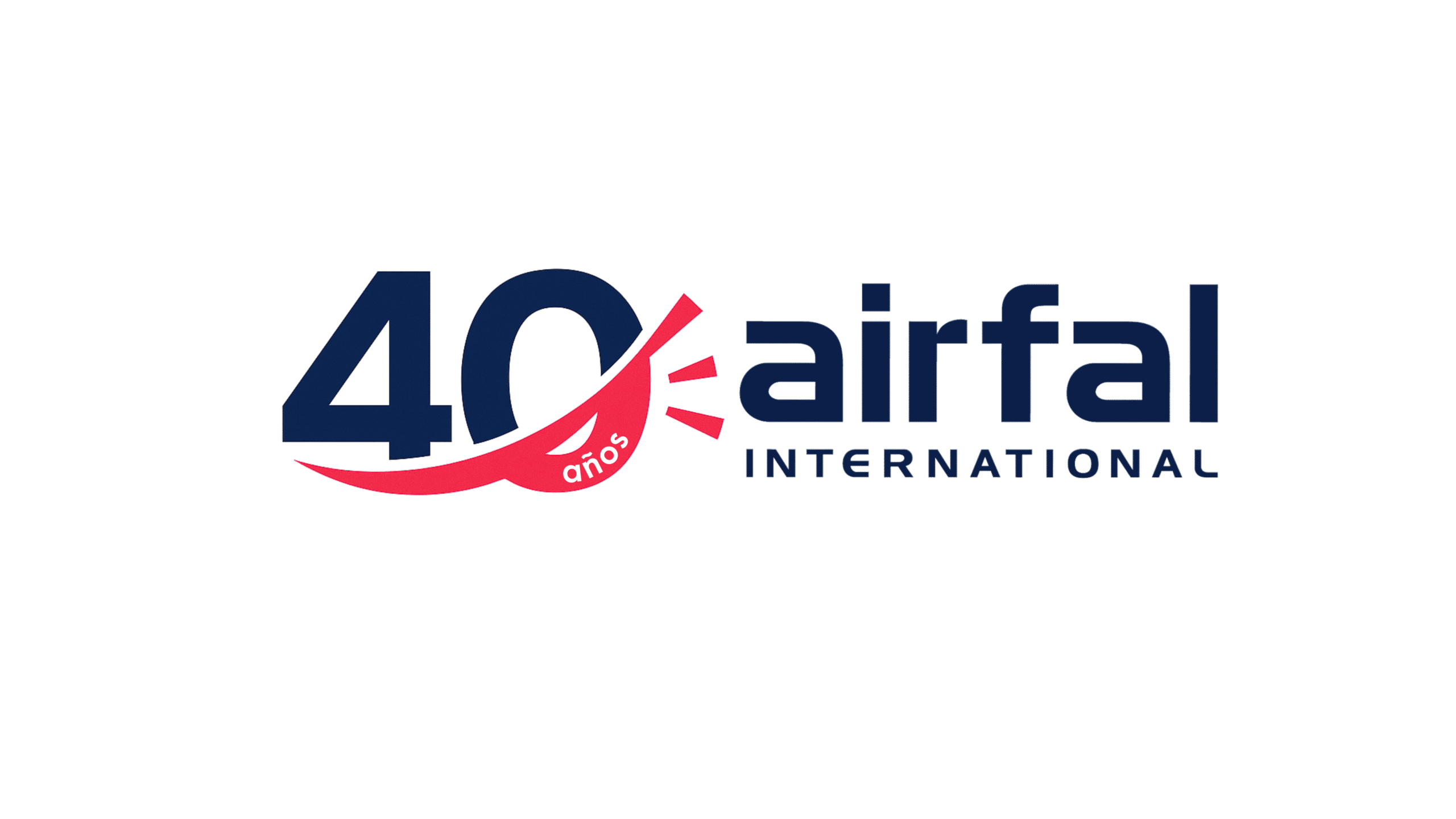The transition toward energy efficiency in industrial environments is no longer optional — it has become a strategic necessity for companies. This shift is driven not only by the potential cost savings, but also by increasing regulatory pressure, global competitiveness, and sustainability goals. In this context, Energy Saving Certificates (CAEs) have become an effective way to finance part of the investments needed to improve energy performance in industrial facilities.
One of the most straightforward and accessible actions to generate these certificates is the renovation of industrial lighting systems with LED technology, especially in high-demand environments with ATEX zones. In many cases, this upgrade can be combined with smart control systems that further optimize energy consumption and increase return on investment.
What Are Energy Saving Certificates (CAEs) and How Do They Work?
Energy Saving Certificates (CAEs) are a mechanism regulated by Royal Decree 36/2023 and managed by the Ministry for the Ecological Transition and the Demographic Challenge (MITECO). Their objective is to encourage the implementation of energy efficiency measures. These certificates allow companies to officially certify and monetize the energy savings achieved through a specific action.
The process is simple: the company carries out an action that reduces energy consumption; an accredited verifier validates the savings; and a certificate is issued, which can then be sold to an obligated party (typically an energy supplier), generating direct income for the executing company.
Proyectos elegibles para CAEs: el caso de la iluminación LED
These actions are included in the official catalog of standard measures published by MITECO, which simplifies both the processing and the quantification of energy savings.
Among the most common actions that qualify for CAEs is the replacement of outdated luminaires with high-efficiency industrial LED lighting. In the industrial sector, the requirements and calculation criteria are specified in the technical sheet IND050: Replacement of lighting systems with LED-type light sources and/or luminaires.
To be eligible, the project must include the implementation of a system that records energy consumption and operating hours. Wireless control platforms with IoT technologies make this task easy to carry out.
The addition of presence sensors, light sensors, or time-based control systems can significantly increase energy savings and, in large projects, generate additional CAEs by certifying a unique action.
Why Start with Lighting?
Renovating industrial lighting is one of the most cost-effective and technically beneficial energy efficiency measures. Its advantages include:
- Up to 70% reduction in electricity consumption with LED technology
- Low maintenance and long lifespan
- Improved safety conditions, especially in ATEX installations
- Possibility to integrate smart control and energy analytics systems
These improvements can lead to additional savings of up to 90% when combined with sensor and automation technologies.
How Are CAEs Processed?
In order for an action to generate an Energy Saving Certificate (CAE), certain technical and administrative requirements must be met:
- It must be included in MITECO’s official catalog of standard measures, which simplifies the estimation of the savings generated.
- A verification procedure must be followed by an accredited energy auditor.
- The action must be carried out by an authorized company or in collaboration with an entity that manages the CAE application within the National Energy Efficiency Obligations System (SNOEE).
Although the process may seem complex, there are currently specialized companies that handle this procedure to make it easier for industries. In fact, many technology manufacturers already work with certified agents to offer this service as part of their integrated project solutions.
A Practical Example
An industrial facility with 300 outdated 150W luminaires can cut its installed power in half by switching to LED. If presence sensors and time-based controls are added, overall energy consumption can be reduced by more than 75%. For an estimated investment of €100,000, the incentive obtained through CAEs can range between €10,000 and €40,000, depending on the type of action and the amount of certified savings.
These types of projects typically have a return on investment of less than three years, which—combined with the financial support provided by the CAE—makes the upgrade a clearly justifiable improvement for financial or corporate decision-makers.
Technology and Innovation as Catalysts
Switching to LED is just the first step. The current trend points toward connected and intelligent lighting systems, capable of integrating with energy management platforms or other industrial systems via standard protocols.
In this context, technological solutions specifically developed for demanding industrial environments—including classified ATEX zones—already exist. These combine lighting, wireless sensing, and IoT connectivity. Such platforms not only reduce energy consumption, but also provide real-time data on system performance, anticipate failures, and detect operational inefficiencies.
Some current solutions, even in ATEX environments, can be deployed wirelessly, without altering existing infrastructure. Their application is expanding steadily in sectors such as petrochemical, chemical, pharmaceutical, and logistics.
Energy Saving Certificates (CAEs) represent a real and tangible opportunity for industries seeking to improve energy efficiency without compromising their budgets. Among all possible actions, industrial lighting renovation—especially when paired with smart control—offers one of the best ratios between investment, savings, and return.
Taking advantage of this mechanism not only allows partial project financing, but also drives technical improvements with immediate benefits in operation, maintenance, and sustainability.
For companies already advancing in the digitalization of their facilities, integrating lighting into this strategy is a natural next step. And for those just beginning the journey, it serves as an accessible gateway to the energy efficiency of the future.




